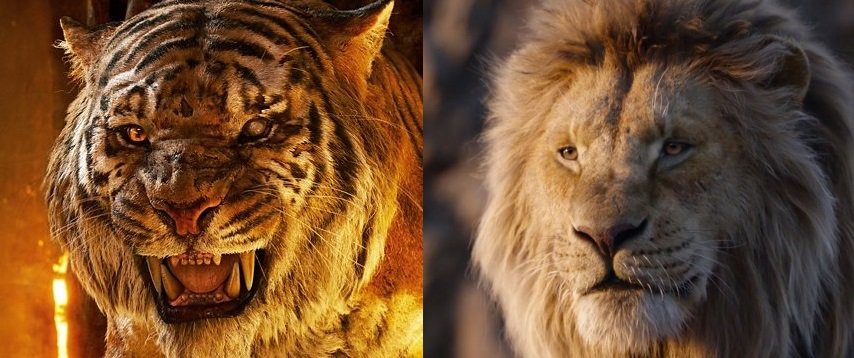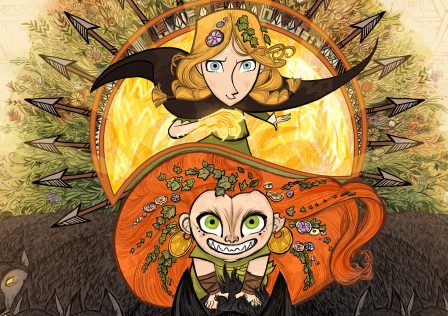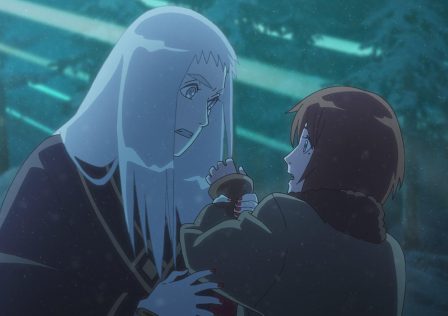I know it looks bleak. I know that it looks like the opening of a dystopian movie. We’re standing in the middle of Cinema Square, and it looks peaceful and clean and manufactured. We look left, and we see it; The Walt Disney Company, marching its beloved franchises into a factory labelled The Cold Machine of Mass Production. Out tumbles lesser creations, misshapen and plasticky and sad.
Yet they fly off the shelves. As I write this, The Lion King remake has already been staring — likely expressionlessly — at more than US$1.3 billion in global box office receipts. It joins live-action Aladdin and Beauty and the Beast in the billion-dollar club. It doesn’t matter that criticism has been mixed – nostalgia is powerful, and it will drag you screaming into the cinema with your inner child as hostage.
Disney remakes will not go away. Even after the well of well-known Disney classics runs dry, the company has other springs to draw from. This year, we’ll get a live-action adaptation of Lady and the Tramp, exclusive for the Disney+ streaming service. The Mulan remake will arrive next year, and the planned slate of live-action remakes stretches from The Little Mermaid to The Sword in the Stone. If CATS proves successful, I’m going to start taking bets on a live-action CG hybrid of The Aristocats. (Please God no.)
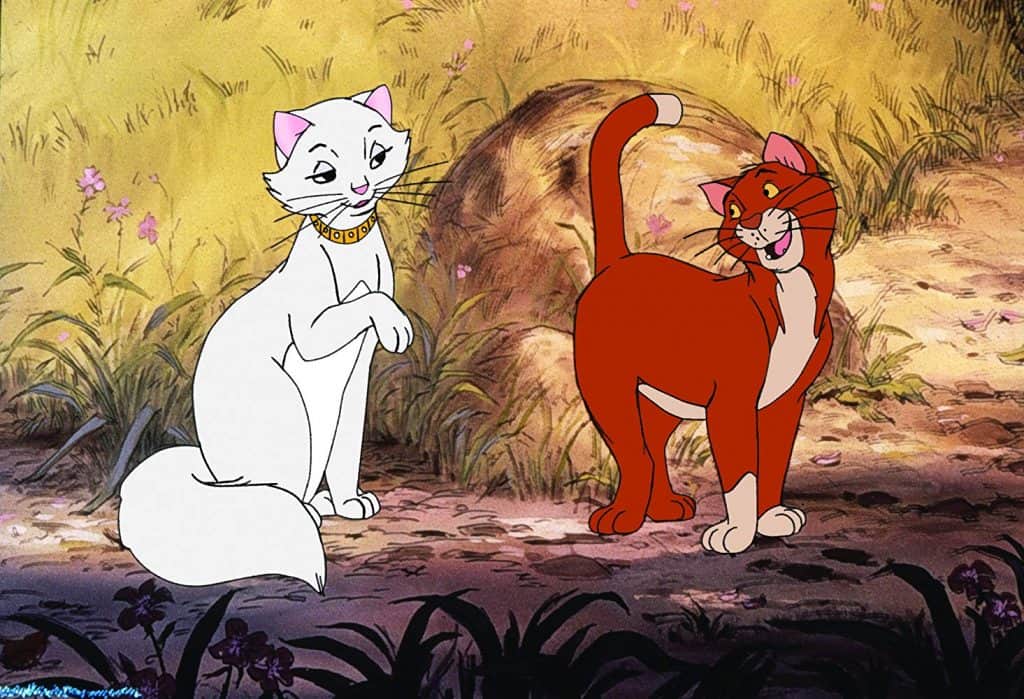
With James Corden as Abraham Delacey Giuseppe Casey Thomas O’Malley the Alley Cat
It’s a cinema landscape to despise, but even a business idiot like myself can understand its underlying reason. The movie industry is what it is: industry. Remakes are safe, lucrative investments. Big-budgeted original films are risky and tricky. You can hope for The Walt Disney Company, for all of the cash they’re rolling in, to start taking risks. In a capitalist world, fat chance.
What’s a Disney fan to do? You make peace with it, in small ways. For me, I’ve learned to accept that remakes can’t do anything to diminish the originals. I’ve also learned to see remakes as potential – as opportunities to take something good (or bad) and make it better.
Because remakes are not bad. Not inherently. Bad remakes are the problem.
Some of the greatest movies are remakes. Think John Carpenter’s The Thing, or David Cronenberg’s The Fly. More recently, think of Bradley Cooper’s A Star is Born and its awards buzz. Then there’s the Coen Brothers’ True Grit, and Martin Scorsese’s The Departed. All remakes. All great.
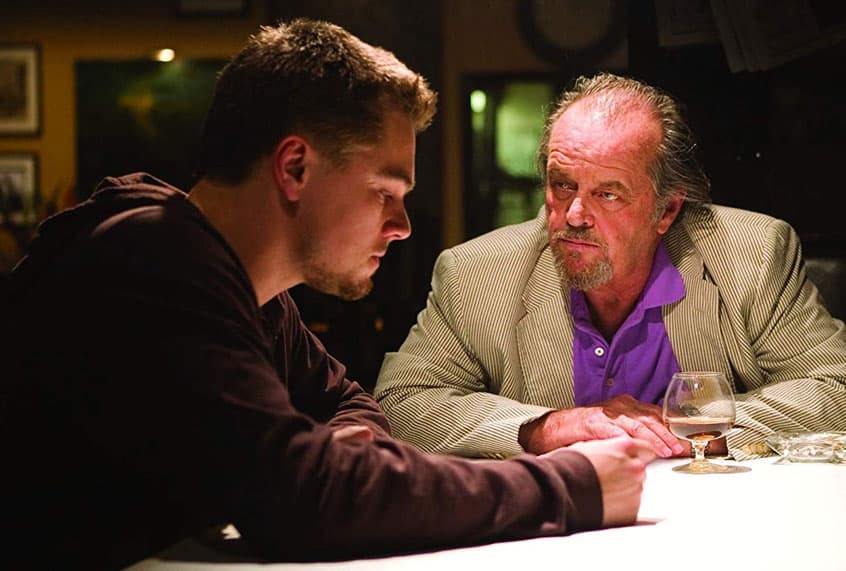
Though it does pain an Asian to admit that The Departed is just as good as Infernal Affairs
Sometimes remakes work because the same story can mean different things in different times. The 1956 version of Invasion of the Body Snatchers by Don Siegel taps into Cold War paranoia, while the 1978 version by Philip Kaufman captures the isolation of an increasingly modernised society. They’re inherently the same movie, yet so vastly different.
But perhaps we should look at the times that Disney remakes are actually great. For this, look no further than David Lowery’s Pete’s Dragon and Jon Favreau’s The Jungle Book, both released in 2016. Between the two, Pete’s Dragon is less talked about, but it’s an exceptional example of letting an indie director turn a formerly-silly, not-as-fondly-remembered kid’s film into a beautifully-made, gentle movie that dials down on the sensory overload in favour of warmth and character.
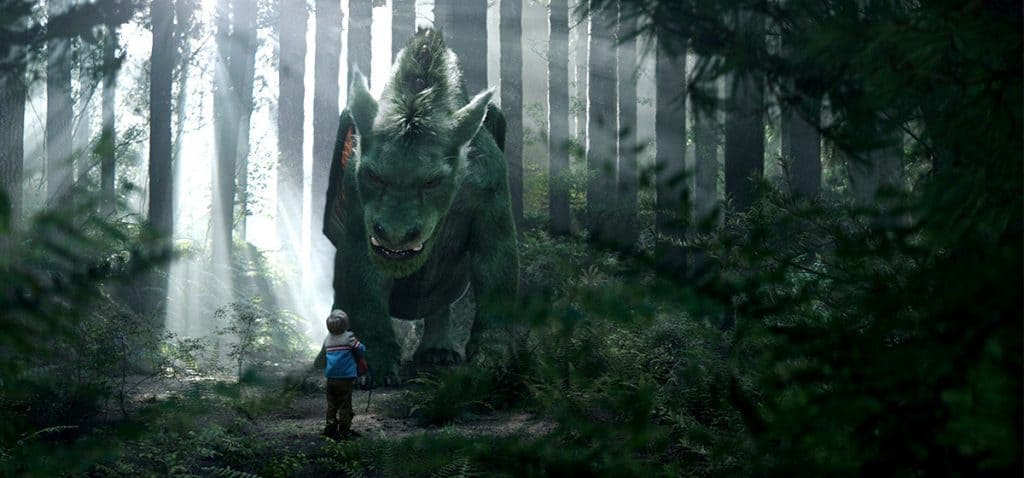
How to Train your Pete’s Dragon
But in terms of remake-done-right, it is Favreau’s The Jungle Book that serves as a shining beacon of example. The 1967 original was a classic, but it was a light movie – more of a collection of separate stories that come together in a semi-coherent state, bolstered by charm and fun.
Favreau’s version is grittier, more serious, but not merely in visuals – it takes the elements of the original and uses it as the basis to explore some thought-provoking themes. The plot is inherently similar to the 1967 version — Mowgli, the “man-cub” raised by wolves, needs to leave the jungle when Shere Khan — a man-hating tiger, threatens to kill him. In his journey, Mowgli meets several characters and learns several lessons. Sometimes they sing songs, including that ear-wormy one about bare necessities.
But in the 2016 remake, Mowgli gets a character arc — one about finding his place in the jungle both as “man” and “man-cub”. Unlike his animal peers, Mowgli’s curiosity and creative problem-solving (he’s pretty nifty with tools) alienates him, yet gives him an edge.
Shere Khan is most fascinating of all. Here, his disdain for humans is more fear than sheer (hehe) villainy. The tiger posits that Mowgli, as a man with the power to create fire, will destroy the jungle. What’s surprising here is that he’s right. Mowgli, upon gaining fire in the final battle, ended up destroying more than he saved. In the end, the boy needs to come to terms with the power he wields, and the balance he needs to maintain within himself. It’s kind of profound, considering how simple the animated version was.
The result is something both familiar and refreshing, and thus actually worthwhile as a remake. It provided more than what the original did, yet doesn’t ignore its origins.
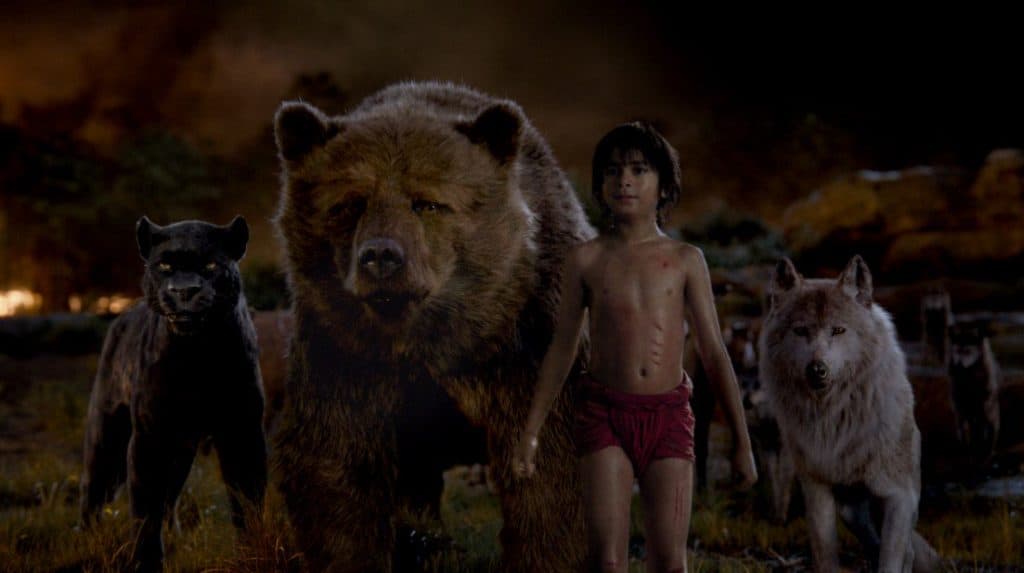
“Let’s show them how it’s done.”
Ultimately, the remake needs to give more value to the audience rather than just presenting itself as “the same movie, done differently”. The problem with the recent Disney remakes — from Aladdin to Beauty and the Beast to The Lion King — is that they’re far too shackled to the original movies. The need to adhere closely to them means changes that they try to introduce end up being pointless and meaningless.
The new Lion King especially suffers from this. It is a scene-by-scene remake, with the plot and themes largely untouched. Sometimes interesting ideas go nowhere. At one point, the hyenas remark that they have been at war with the lions “since the dawn of time”. It could’ve been a leaping point to add nuance to the feud — could the lions be unjustly prejudiced towards hyenas? Sadly, it remained unexplored, and feels like minor exposition to appease nitpickers.
Most unfortunate are the two changes to Nala the lioness and Shenzi the hyena. Nala was given additional scenes to give her agency — in the remake, she explicitly makes the choice to flee the pridelands in defiance of Scar. Shenzi is a completely different character — in the original, she was part of a trio of comic relief villains. Here, she is the matriarch of the hyenas (accurate to how real-world hyenas operate), and no longer jokes. You would think that the movie would give them more to do, but because the plot needs to adhere closely to the original, both are merely shoehorned into a fight that wasn’t built on anything at all (except maybe to be the Designated Girl Fight, which ironically makes it more sexist than if they have done nothing).
A better remake would’ve doubled down on these changes, maybe even attempt a different ending. But Disney needs to make safe investments, so the things that aren’t broke don’t get fixed. But we’re not looking for fixing – we’re looking for improvements.

Can you feel the pointless additions tonight?
That’s why 2016’s The Jungle Book works. It’s an improvement, if not an exploration on themes previously unexplored in the original movie. That’s a good remake – one that gives value for audiences returning to a story they love, not just a walk down the same park where the flowers are plastic.
On that note, I’m cautiously optimistic about the upcoming live-action Mulan. It seems to be taking active steps to be a different movie, largely by ditching the musical sequences and (possibly) Mushu. As much as I love the songs and tolerate Mushu, both have always felt like elements included as part of Disney’s formula in the 90s. I rather miss out on a reimagined rendition of “A Girl Worth Fighting For” if it means that Mulan gets to shake off at least one shackle tethering it to the original.
Every remake is an opportunity. Disney just needs to seize it better.
Also published on Medium.

makes it a life goal to annoy everyone with random Disney trivia. When he’s not staring at a screen or holding a controller of some sort, he is thinking about curry noodles. Like right now.
